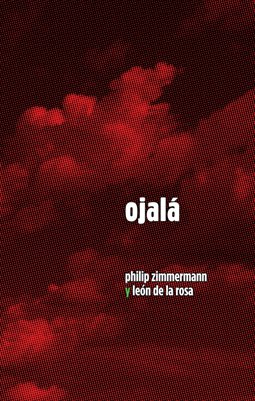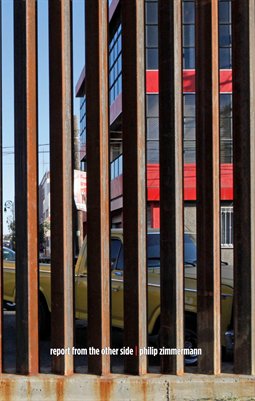They are all called Recording: [then-a-name-that-describes-that-batch]. Click here to go to the page for the recording series. On the page link above, one can see Recording Yellow Changes and Recording Rainbow Switch. Each set is in an edition of two.The reason for this is because of the way that he makes them. He loads paper and ink in the offset press and then runs paper adding ink or letting some of the ink run out while the press is printing.
So even though they are nominally in editions or batches of two, each book is really unique. Here is a video that I took of Gary "performing" the copy of the book that was purchased by Champe Smith at NYABF.
There is no text anywhere in the book, and in fact, the only title text is etched into the spine of the Plexi slipcase. It's the kind of book that could only have been made by someone who runs their own press. It is interesting to see from the video here and the two videos on his website, that the different batches are quite different, and the names of the books reflect the general look of the changing ink. The book is bound using a special machine that Container Corps has that notches the spine (see the picture below) and then sews around the notches, after which a coating of PVA adhesive is added. This type of binding is called "oversewn perfect binding", and is far more permanent than the usual perfect bound book which does not use thread at all.
Gary has done a very nice job with this process concept and it's beautifully packaged, but he is not the first to employ this type of process-oriented technique. In the seventies both Joan Lyons and Jan Voss did similar books. Joan's Full Moon used an image where the ink on the press was allowed to run out, then loaded the paper back in and ran the paper through on the other side or just flipped on the same side ("work-and-turn"), again letting the ink slowly run out.
She also used other interesting process techniques for other books, like using square paper and then turning the sheet 90 degrees each time as she ran it through the press again. Around the same time, Jan Voss, in the Netherlands, did similar things while running his beloved Rotoprint offset press.







